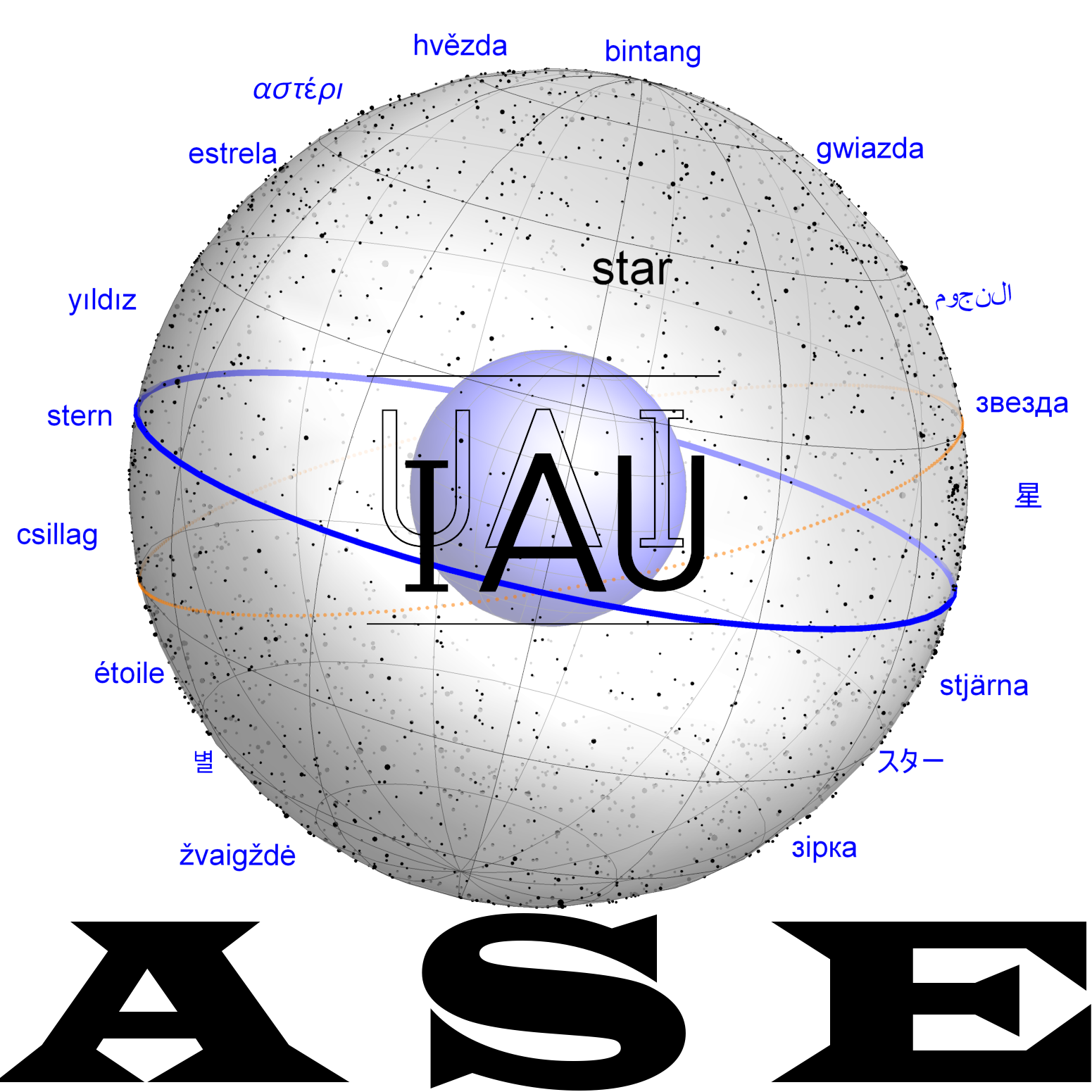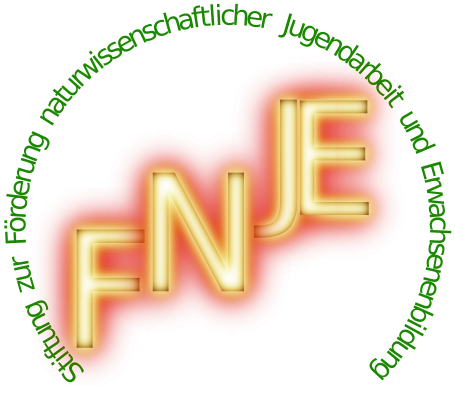KAB.TA: Difference between revisions
No edit summary |
DavidHilder (talk | contribs) No edit summary |
||
| Line 2: | Line 2: | ||
==Dictionary== |
==Dictionary== |
||
=== Kurtik with Hilder, Hoffmann, Horowitz, Kim === |
=== Kurtik with Hilder, Hoffmann, Horowitz, Kim === |
||
= <sup>d</sup>Kab-ta, a deity associated with Venus and Mars [G. 207; Tallqvist 1938, 340]. |
= <sup>d</sup>''Kab-ta'', a deity associated with Venus and Mars [G. 207; Tallqvist 1938, 340]. |
||
{| class="wikitable" |
{| class="wikitable" |
||
|+ |
|+ |
||
| Line 14: | Line 14: | ||
=== Additional === |
=== Additional === |
||
'''II. Deity.''' |
|||
==== II. Deity. ==== |
|||
Probably a consort of Ninsianna. The name apparently derives from qibītu 'decision, judgment' or kabtu 'important, authoritative' [Van Soldt 1995, 24, note 1]. In the lists of gods of the Old Babylonian peruid, the names Kabta and Ninsianna stand side by side, which implies their conjugal relationship [Lambert 1966, 73]. AN: <sup>d</sup>Anum IV 188: <sup>d</sup>Maḫ.˹di˺.[an.na] = <sup>d</sup>Kab.ta "Greatness of the sky = Kabta" [Litke 1998, 162], see also [Lambert 1966, 73]. On Old Babylonian seals, the inscriptions: <sup>d</sup>nin-si<sub>4</sub>-an-na / <sup>d</sup>kab-ta [Braun-Holzinger 1996, 317-320] are not uncommon. With these are also associated: (1) <sup>d</sup>Kab-ta = MIN(=Ištar kakkabī) "Kabta = Venus" [CT 25, 31:19], (2) <sup>d</sup>Kab-ta = <sup>d</sup>Ṣal-bat-a-ni |
Probably a consort of Ninsianna. The name apparently derives from qibītu 'decision, judgment' or kabtu 'important, authoritative' [Van Soldt 1995, 24, note 1]. In the lists of gods of the Old Babylonian peruid, the names Kabta and Ninsianna stand side by side, which implies their conjugal relationship [Lambert 1966, 73]. AN: <sup>d</sup>''Anum'' IV 188: <sup>d</sup>Maḫ.˹di˺.[an.na] = <sup>d</sup>Kab.ta "Greatness of the sky = Kabta" [Litke 1998, 162], see also [Lambert 1966, 73]. On Old Babylonian seals, the inscriptions: <sup>d</sup>''nin-si''<sub>4</sub>''-an-na'' / <sup>d</sup>''kab-ta'' [Braun-Holzinger 1996, 317-320] are not uncommon. With these are also associated: (1) <sup>d</sup>''Kab-ta'' = MIN(=''Ištar kakkabī'') "Kabta = Venus" [CT 25, 31:19], (2) <sup>d</sup>''Kab-ta'' = <sup>d</sup>''Ṣal-bat-a-ni'': <sup>d</sup>''Dil-bat'' "Kabta = Mars or Venus" [Van Soldt 1995, 41-42, Tabl. 24 Ca 31]. |
||
'''III. Symbol.''' |
|||
==== III. Symbol. ==== |
|||
On Old Babylonian seals, depicted as a deity in long robes or as a warrior worshiping the goddess Ishtar in the astral form of Ninsianna [Braun-Holzinger 1996, 317-320; Lambert 1966, 73]. |
On Old Babylonian seals, depicted as a deity in long robes or as a warrior worshiping the goddess Ishtar in the astral form of Ninsianna [Braun-Holzinger 1996, 317-320; Lambert 1966, 73]. |
||
==== IV. Astrology. ==== |
|||
| ⚫ | (1) The solar disk, the Moon and Kabta; [DIŠ AŠ.ME x x x x] ''ina'' A<sub>2</sub> ''Sin'' GUB ''u ana'' IGI-''šu''<sub>2</sub> <sup>d</sup>''Kab-''˹''ta''˺ GUB... "If the (solar) disk [...] follows the Moon and Kabta stands in front of it: the messenger will die by the order of his lord, var.: (he who has) influence in his lord's domain, the messenger, will die" [Van Soldt 1995, Tabl. 24, III 10]; for a parallel see. [ibid., Tabl. 26, IV 25]. |
||
| ⚫ | (1) The solar disk, the Moon and Kabta; [DIŠ AŠ.ME x x x x] ina A<sub>2</sub> Sin GUB u ana IGI-šu<sub>2</sub> <sup>d</sup>Kab- |
||
(2) The solar disk and Kabta; AŠ.˹ME ina ŠA<sub>3</sub>˺-[ša<sub>2</sub> KI.MIN ana] IGI-ša<sub>2</sub> <sup>d</sup>Kab-ta KI.MIN <sup>d</sup>Dil-bat GUB... "If Kabta, var.: Venus stands within, var.: in front of the (solar) disk: enmity will turn to peace" [Van Soldt 1995, Tabl. 24, III 11]. |
(2) The solar disk and Kabta; AŠ.˹ME ''ina'' ŠA<sub>3</sub>˺-[''ša''<sub>2</sub> KI.MIN ''ana''] IGI-''ša''<sub>2</sub> <sup>d</sup>''Kab-ta'' KI.MIN <sup>d</sup>''Dil-bat'' GUB... "If Kabta, var.: Venus stands within, var.: in front of the (solar) disk: enmity will turn to peace" [Van Soldt 1995, Tabl. 24, III 11]. |
||
(3) Kabta stands in the place of the Sun; DIŠ MAN ŠU<sub>2</sub>-ma ina GIŠGAL-šu<sub>2</sub> <sup>d</sup>Kab-ta GUB IM.G[...] "If the Sun sets and Kabta stands in its place: a rebel [...]" [Van Soldt 1995, Tabl. 27, Ca 11]. |
(3) Kabta stands in the place of the Sun; DIŠ MAN ŠU<sub>2</sub>-''ma ina'' GIŠGAL-''šu''<sub>2</sub> <sup>d</sup>''Kab-ta'' GUB IM.G[...] "If the Sun sets and Kabta stands in its place: a rebel [...]" [Van Soldt 1995, Tabl. 27, Ca 11]. |
||
See also [ACh Suppl. 2, 33:2-3]. |
See also [ACh Suppl. 2, 33:2-3]. |
||
| Line 35: | Line 33: | ||
{| class="wikitable" |
{| class="wikitable" |
||
|- |
|- |
||
! scope="col" style="width: 60%;" | Kurtik (2022) |
! scope="col" style="width: 60%;" | Kurtik (2022, k07) |
||
! scope="col" style="width: 40%;" | Gössmann (1950) |
! scope="col" style="width: 40%;" | Gössmann (1950) |
||
|- |
|- |
||
Revision as of 15:49, 14 April 2025
dKAB.TA is an ancient Mesopotamian asterism.
Dictionary
Kurtik with Hilder, Hoffmann, Horowitz, Kim
= dKab-ta, a deity associated with Venus and Mars [G. 207; Tallqvist 1938, 340].
| Sources | Identifications |
|---|---|
| EAE.
[Van Soldt 1995, Tabl. 24 III 10-11, 24 Ca 31, 26 IV 25, 27 Ca 11]. |
Additional
II. Deity.
Probably a consort of Ninsianna. The name apparently derives from qibītu 'decision, judgment' or kabtu 'important, authoritative' [Van Soldt 1995, 24, note 1]. In the lists of gods of the Old Babylonian peruid, the names Kabta and Ninsianna stand side by side, which implies their conjugal relationship [Lambert 1966, 73]. AN: dAnum IV 188: dMaḫ.˹di˺.[an.na] = dKab.ta "Greatness of the sky = Kabta" [Litke 1998, 162], see also [Lambert 1966, 73]. On Old Babylonian seals, the inscriptions: dnin-si4-an-na / dkab-ta [Braun-Holzinger 1996, 317-320] are not uncommon. With these are also associated: (1) dKab-ta = MIN(=Ištar kakkabī) "Kabta = Venus" [CT 25, 31:19], (2) dKab-ta = dṢal-bat-a-ni: dDil-bat "Kabta = Mars or Venus" [Van Soldt 1995, 41-42, Tabl. 24 Ca 31].
III. Symbol.
On Old Babylonian seals, depicted as a deity in long robes or as a warrior worshiping the goddess Ishtar in the astral form of Ninsianna [Braun-Holzinger 1996, 317-320; Lambert 1966, 73].
IV. Astrology.
(1) The solar disk, the Moon and Kabta; [DIŠ AŠ.ME x x x x] ina A2 Sin GUB u ana IGI-šu2 dKab-˹ta˺ GUB... "If the (solar) disk [...] follows the Moon and Kabta stands in front of it: the messenger will die by the order of his lord, var.: (he who has) influence in his lord's domain, the messenger, will die" [Van Soldt 1995, Tabl. 24, III 10]; for a parallel see. [ibid., Tabl. 26, IV 25].
(2) The solar disk and Kabta; AŠ.˹ME ina ŠA3˺-[ša2 KI.MIN ana] IGI-ša2 dKab-ta KI.MIN dDil-bat GUB... "If Kabta, var.: Venus stands within, var.: in front of the (solar) disk: enmity will turn to peace" [Van Soldt 1995, Tabl. 24, III 11].
(3) Kabta stands in the place of the Sun; DIŠ MAN ŠU2-ma ina GIŠGAL-šu2 dKab-ta GUB IM.G[...] "If the Sun sets and Kabta stands in its place: a rebel [...]" [Van Soldt 1995, Tabl. 27, Ca 11].
See also [ACh Suppl. 2, 33:2-3].
Historical Dictionaries
| Kurtik (2022, k07) | Gössmann (1950) |
|---|---|
| = dKab-ta, божество, связанное с Венерой и Марсом [G. 207; Tallqvist 1938, 340].
I. Источники. EAE. [Van Soldt 1995, Tabl. 24 III 10–11, 24 Ca 31, 26 IV 25, 27 Ca 11]. II. Божество. Вероятный супруг Нинсианны. Имя, по-видимому, происходит от qibītu «решение, приговор» или kabtu «важный, авторитетный» [Van Soldt 1995, 24, note 1]. В списках богов старовавилонского времени имена Кабта и Нинсианна стоят рядом, что подразумевает их супружеские отношения [Lambert 1966, 73]. AN: dAnum IV 188: dMaḫ.˹di˺.[an.na] = dKab.ta «Величие неба = Кабта» [Litke 1998, 162], см. также [Lambert 1966, 73]. На старовавилонских печатях нередки надписи: dnin-si4-an-na / dkab-ta [Braun-Holzinger 1996, 317–320]. C ним связаны также тождества: (1) dKab-ta = MIN(=Ištar kakkabī) «Кабта = Венера» [CT 25, 31:19], (2) dKab-ta = dṢal-bat-a-ni : dDil-bat «Кабта = Марс или Венера» [Van Soldt 1995, 41–42, Tabl. 24 Ca 31]. III. Символ. На старовавилонских печатях изображался как божество в длинном одеянии или как воин, поклоняющийся богине Иштар в астральном облике Нинсианны [Braun-Holzinger 1996, 317–320; Lambert 1966, 73]. IV. Астрология. (1) Солнечный диск, Луна и Кабта; [DIŠ AŠ.ME x x x] ina A2 Sin GUB u ana IGI-šu2 dKab-˹ta˺ GUB… «Если (солнечный) диск […] следует за Луной и Кабта стоит впереди него: посланник умрет по приказу своего господина, вар.: (тот кто имеет) влияние во владениях своего господина, посланник, умрет» [Van Soldt 1995, Tabl. 24, III 10]; параллель см. [ibid., Tabl. 26, IV 25]. (2) Солнечный диск и Кабта; AŠ.˹ME ina ŠA3˺-[ša2 KI.MIN ana] IGI-ša2 dKab-ta KI.MIN dDil-bat GUB… «Если Кабта, вар.: Венера стоит внутри, вар.: впереди (солнечного) диска: вражда обратится в мир» [Van Soldt 1995, Tabl. 24, III 11]. (3) Кабта стоит на месте Солнца; DIŠ MAN ŠU2-ma ina GIŠGAL-šu2 dKab-ta GUB IM.G[…] «Если Солнце садится и Кабта стоит на его месте: бунтовщик […]» [Van Soldt 1995, Tabl. 27, Ca 11]. См. также [ACh Suppl. 2, 33:2–3]. |
Example |




